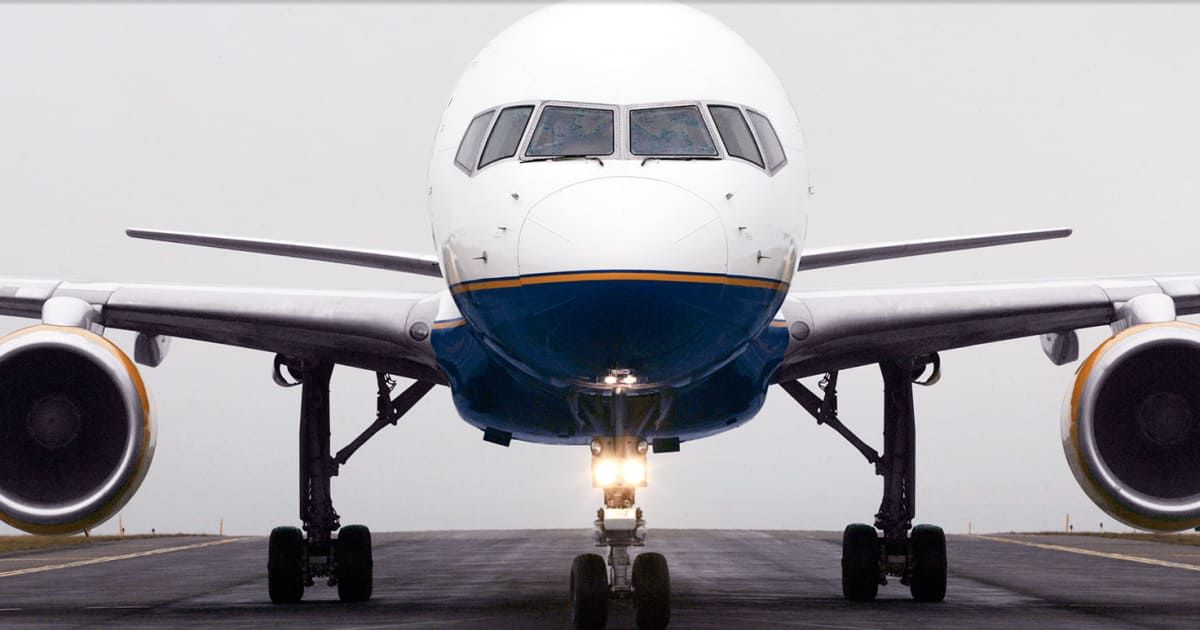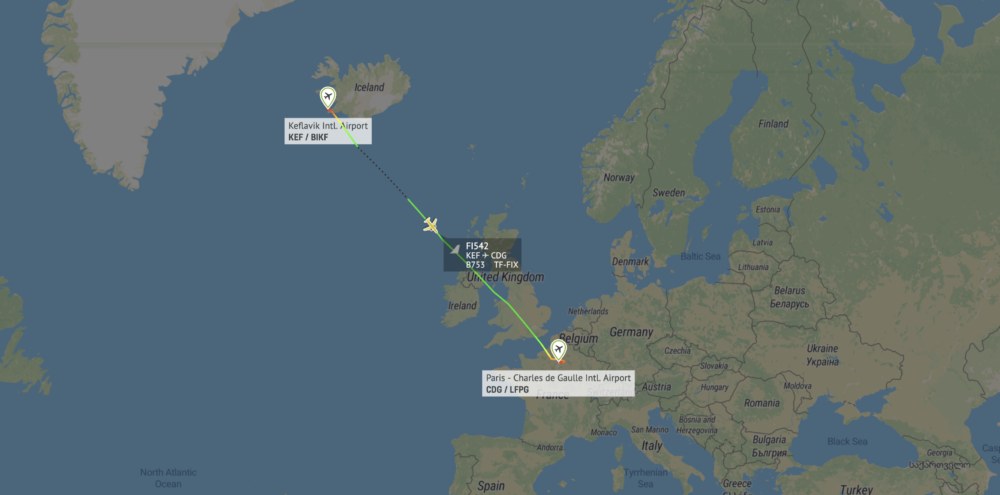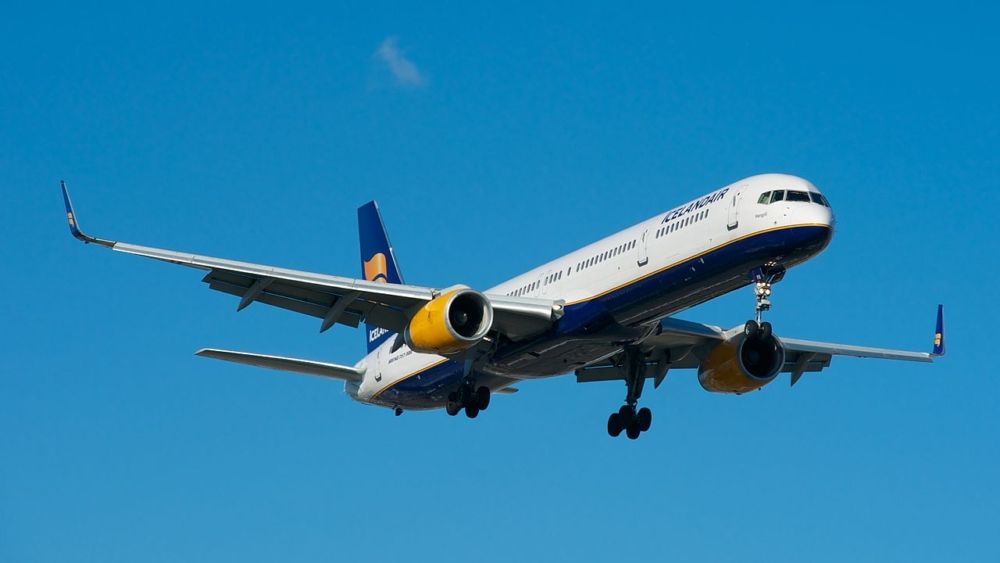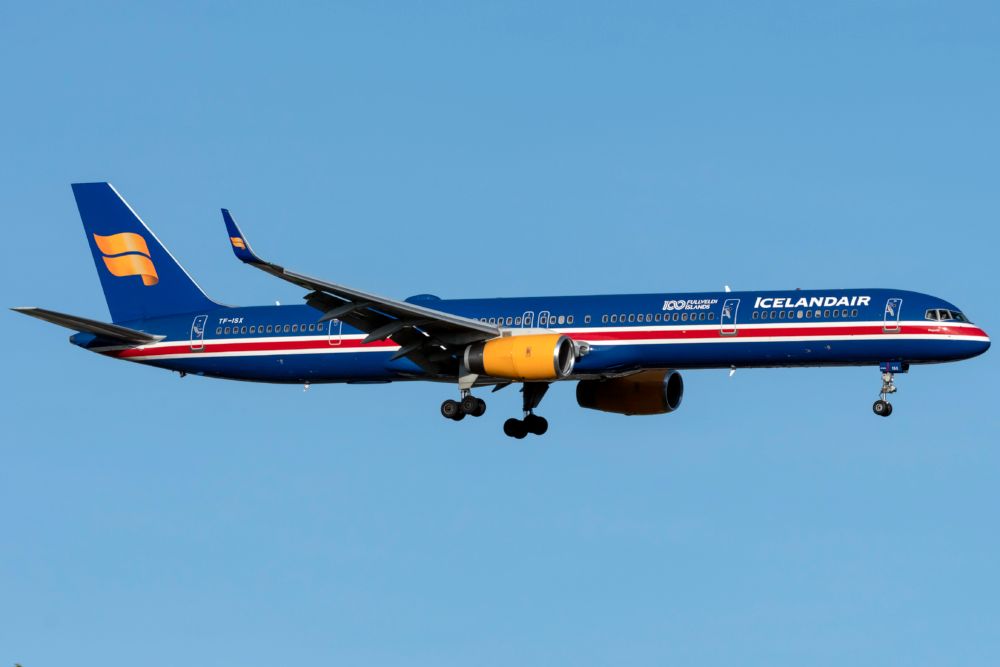An Icelandair Boeing 757-300 experienced an engine failure on final approach to Paris Charles de Gaulle last week. The crew declared an emergency, but managed to land safely and taxi to the stand under their own power. The aircraft spent a few days out of action, but has now returned to service.
Engine failure over Paris
The Icelandair Boeing 757-300 was undertaking flight FI-542 from Keflavik to Paris (CDG) on August 13th. This is a regular daily service between the cities, usually operated by the 757-300, although occasionally it also sees the 757-200 or even the 767 on some rare occasions.
According to data from RadarBox.com, the flight took off at 07:48 from Iceland, just a few minutes behind its scheduled departure. The flight time is usually around three hours and 20 minutes, and at around 13:00 local time, the 757 was on approach to Paris Charles de Gaulle.
According to a report from the Aviation Herald, the aircraft was descending through FL110 when the crew declared an emergency. They reported the failure of one of their engines, but continued on for a safe landing around 10 minutes later. The aircraft completed its taxi to the stand under its own power.
The 757 stayed on the ground in Paris for around 30 hours before being ferried back to Iceland. It spent three days on the ground there, presumably undergoing repairs, before returning to service on August 17th. Since returning to service, it has been busy flying to Madrid, Paris and even to Washington without issue.
The aircraft, registered TF-FIX, is a 19.5-year-old Boeing 757. It has 203 economy seats and 22 business class seats. It’s one of two 757-300s at the airline, alongside 16 757-200s and two 757-200s that have been converted into temporary freighters.
Icelandair’s 757 conundrum
Icelandair has been reliant on the Boeing 757 for many years. Its relatively low capacity, long-range and narrowbody economics make it a popular choice for the routes the airline is flying out of its Keflavik home.
But these aircraft are aging. Its fleet of 757-200s average 24 years old, while the 757-300s average 22.7 years of age. Unlike most of the rest of the airline’s fleet, these aircraft are all owned by Icelandair, which means that although they might be getting older, they don’t owe the airline anything.
However, there are frequent issues for Icelandair and its ‘flying pencils.’ From problems with onboard equipment or anti-icing issues to engine shutdowns and inflight faults, the reliability issues with these planes has proven to be their downfall on a fairly regular basis.
While the MAX was grounded, Icelandair had no choice but to fly the 757s more frequently. Even with the MAX back in its fleet, Icelandair is not phasing out its 757s quickly. In truth, while the MAX is a great aircraft for the airline, it’s not a fully competent 757 replacement. The range, capacity and economics don’t quite match up, but Boeing doesn’t offer anything as a direct 757 replacement.
Icelandair has been in discussions to replace its 757s for several years. The most radical solution would be to move to an A321neo fleet, which would be a dramatic shift for the all-Boeing airline. The airline’s CEO told Simple Flying earlier this year that this was certainly a consideration.
Nevertheless, the MAX is back in service, and Icelandair has been happy with its performance to date. Still, the final fleet of 737 MAX will only number 12, not enough to replace the 757s, so the jury is still out on which way the airline will go for its next fleet renewal.




